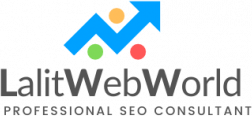The Google Penguin Update, first launched in April 2012, was a landmark change in the search engine’s algorithm. This update was specifically designed to target and penalize websites that engaged in manipulative SEO practices to artificially boost their rankings on Google’s search engine results pages (SERPs).
What is the Google Penguin Update?
Before Penguin, many websites exploited these tactics to gain an unfair advantage over competitors who adhered to ethical SEO practices. Penguin aimed to level the playing field by ensuring that high-quality, relevant, and user-centric content was rewarded, while sites resorting to dubious methods were demoted or removed from search results.
Learn more about the game-changing Google algorithm in our in-depth analysis: Google Hummingbird search: Evolution and its impact.
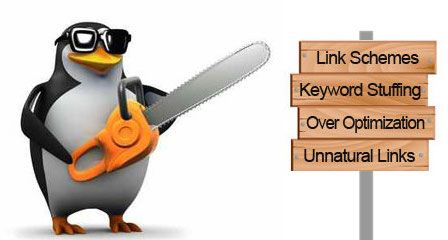
The Impact of the Penguin Update on SEO
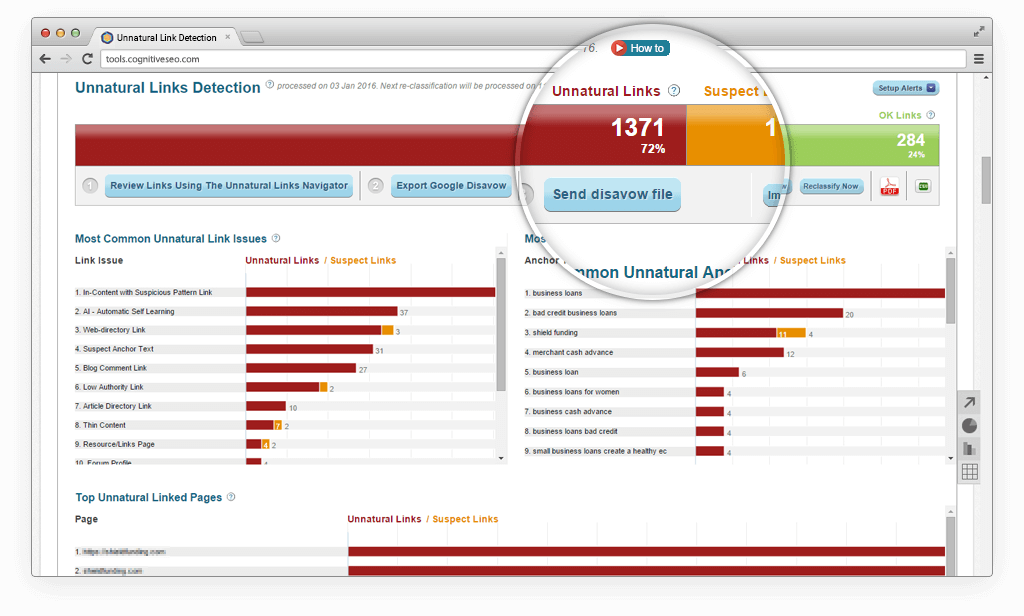
The Google Penguin Update, first launched in April 2012, was a landmark change in the search engine’s algorithm. This update was specifically designed to target and penalize websites that engaged in manipulative SEO practices to artificially boost their rankings on Google’s search engine results pages (SERPs).
The primary focus was on sites that used black-hat techniques, particularly those involving unnatural link schemes and keyword stuffing. Before Penguin, many websites exploited these tactics to gain an unfair advantage over competitors who adhered to ethical SEO practices.
Long-term Consequences
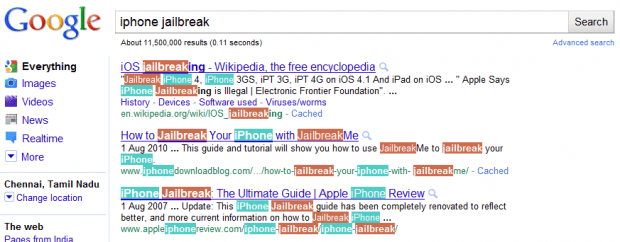
The introduction of the Penguin Update had profound implications for the SEO landscape. Initially, many websites experienced sudden and severe drops in their search rankings, especially those with poor-quality backlinks or over-optimized anchor text.
Long-term consequences of the update included a widespread shift towards ethical SEO practices, with businesses and SEO professionals prioritizing quality content and natural link-building strategies.
Discover a Shot of Energy for Search Results at Google Caffeine Update.
Major Revamps and Updates
Over time, Google introduced several significant updates to Penguin, refining its approach and expanding its impact:
Penguin 2.0 (May 2013):

This update was an expansion of the original Penguin and was designed to target more types of spam and manipulation tactics. Penguin 2.0 focused on improving the algorithm’s ability to detect and penalize sites involved in deceptive link schemes and other forms of SEO manipulation.
Penguin 3.0 (October 2014):
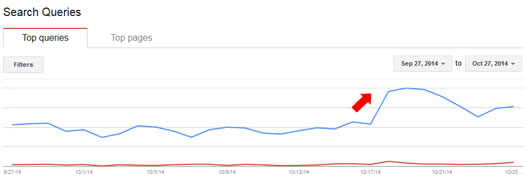
This update continued to refine the Penguin algorithm, targeting spammy sites that had slipped through earlier versions. Penguin 3.0 aimed to improve the accuracy of penalties and enhance the algorithm’s ability to differentiate between legitimate and manipulative practices.
Penguin 4.0 (September 2016):

Penguin 4.0 was a significant overhaul, making Penguin a real-time algorithm. This meant that the update would continuously assess sites rather than operating in periodic batches. The real-time nature of Penguin 4.0 allowed for more immediate responses to changes in a website’s SEO practices and backlink profile.
Penguin 4.0.1 (March 2017):
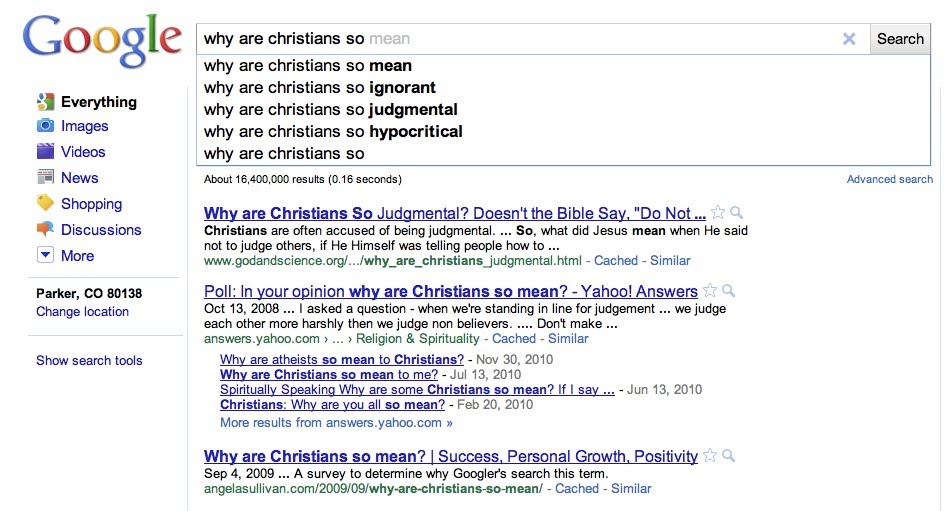
An additional refinement of Penguin 4.0, this update further improved the real-time capabilities and accuracy of the algorithm, addressing some of the lingering issues from previous iterations and enhancing its effectiveness in detecting manipulative SEO practices.
Best Practices for Penguin-Safe SEO

Content optimization is another vital aspect of recovery. Focusing on producing valuable, relevant, and engaging content that meets users’ needs and adheres to Google’s quality guidelines is essential.
Keywords should be used naturally within the content to enhance readability and avoid over-optimization. Best practices for Penguin-safe SEO involve building quality backlinks and avoiding link schemes.
Conclusion

The Google Penguin Update was a game-changer in the SEO world, emphasizing the importance of ethical practices and high-quality content. By understanding its implications and adopting Penguin-safe strategies, businesses can enhance their online presence and achieve sustainable success in search rankings.
Stay vigilant, proactive, and committed to best practices to navigate the evolving SEO terrain effectively.
Also Read :
